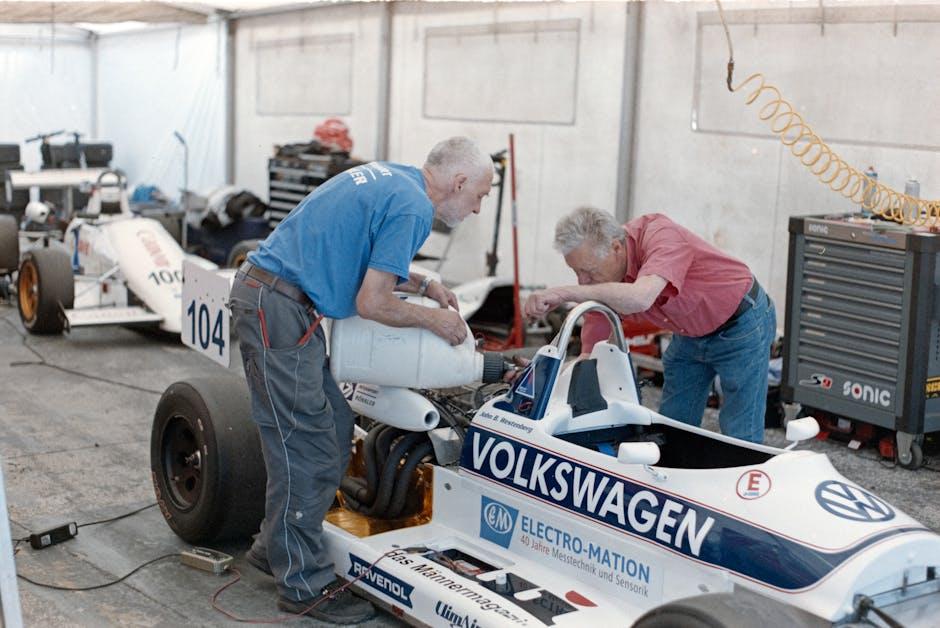When the summer sun blazes overhead and temperatures climb, the temptation to blast your car’s air conditioning at full throttle is hard to resist. Yet, while keeping cool on the road is essential for comfort and safety, it doesn’t have to come at the cost of skyrocketing fuel consumption. Understanding the smart ways to use your car’s AC can make a surprising difference in how much fuel your vehicle burns, helping both your wallet and the environment. In this article, we’ll explore practical tips and insights on how to save fuel by using your car’s air conditioning system properly—striking the perfect balance between cool comfort and efficient driving.
Table of Contents
- Understanding the Impact of Air Conditioning on Fuel Efficiency
- Optimizing Your AC Settings for Maximum Savings
- When to Use Recirculation Mode to Reduce Fuel Consumption
- Balancing Windows and AC Use to Minimize Drag and Fuel Burn
- Routine Maintenance Tips to Keep Your AC Fuel-Efficient
- Smart Driving Habits That Complement Efficient AC Use
- Q&A
- To Conclude
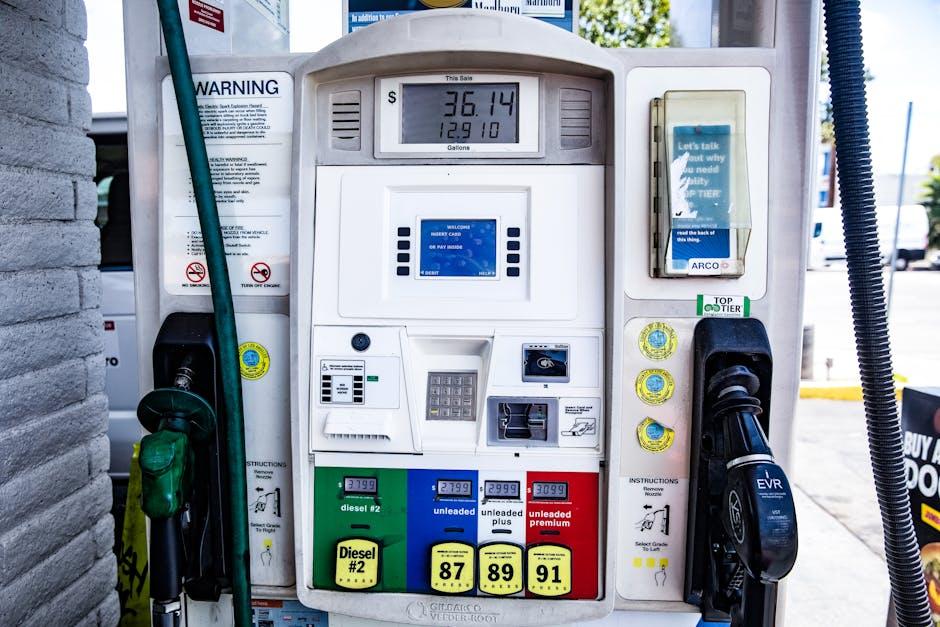
Understanding the Impact of Air Conditioning on Fuel Efficiency
When it comes to managing fuel consumption, the use of your car’s air conditioning system plays a surprisingly significant role. Running the AC demands extra power from the engine, which in turn increases fuel usage. However, the extent of this impact can vary based on factors such as vehicle type, speed, and outside temperature. Typically, at lower speeds, using the AC can reduce fuel efficiency by up to 10%, while at highway speeds, the effect is somewhat less pronounced due to the aerodynamic drag of open windows becoming a bigger factor.
To optimize fuel savings while staying cool, consider these practical tips:
- Use the AC selectively: Switch it off when the outside temperature is mild or when you can rely on natural ventilation.
- Set to recirculate: This setting cools the air inside the car more quickly, reducing the workload on your AC compressor.
- Park in shaded areas: Keeping your car cool before you start driving means your AC doesn’t have to work overtime.
| Speed Range | Estimated Fuel Efficiency Reduction | Recommended AC Use |
|---|---|---|
| City (0-30 mph) | Up to 10% | Use AC sparingly or use windows |
| Highway (30-60 mph) | 5-8% | Use AC with recirculation mode |
| High Speed (60+ mph) | 3-5% | AC preferred over open windows |

Optimizing Your AC Settings for Maximum Savings
Maximizing fuel efficiency while using your car’s AC starts with smart temperature management. Instead of setting the air conditioner to the coldest level, aim for a moderate, comfortable temperature—around 75°F (24°C). This prevents the AC compressor from working overtime, which can drain your fuel quickly. Additionally, using the recirculation mode helps cool the cabin faster by reusing the already cooled air inside the vehicle rather than continuously pulling hot air from outside.
Another savvy approach involves controlling the fan speed and vent direction. Lower fan speeds reduce the load on the engine, contributing to better mileage. Directing the vents away from your upper body and toward the floor encourages natural air circulation, enhancing comfort without extra energy use. Here’s a quick reference to optimize your settings:
- Temperature: Set between 72°F to 75°F
- Fan Speed: Use the lowest effective setting
- Airflow Mode: Activate recirculation after initial cool down
- Vent Direction: Toward floor and mid-level vents
| Setting | Fuel Impact |
|---|---|
| Coldest Temp | High |
| Moderate Temp (75°F) | Low |
| AC Off, Windows Down | Moderate |
| Recirculation Mode | Reduced |
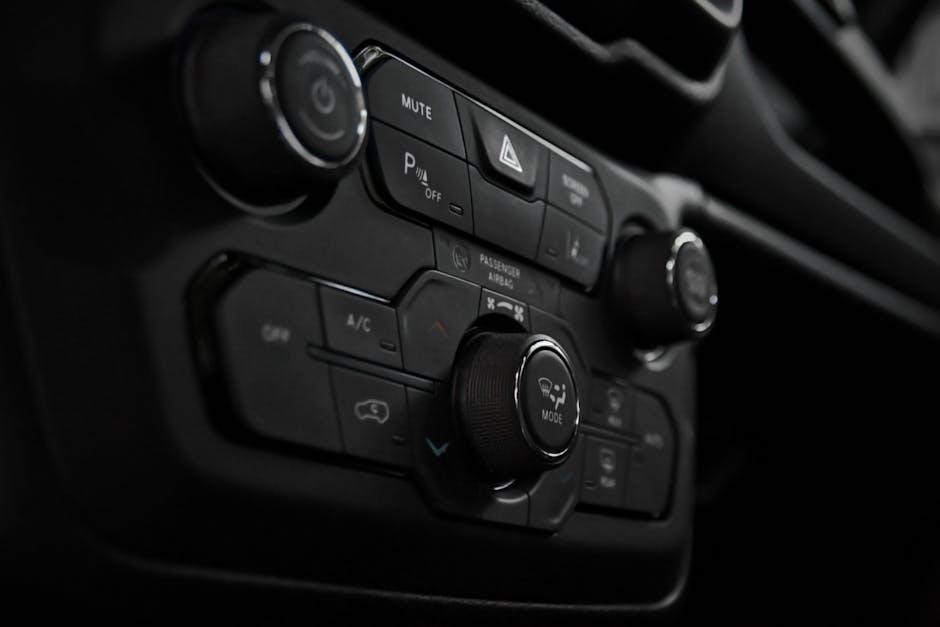
When to Use Recirculation Mode to Reduce Fuel Consumption
Utilizing the recirculation mode in your car’s AC system can be a smart way to minimize fuel consumption, especially during specific driving conditions. When you engage this mode, the system recycles the interior air instead of drawing in warmer, more humid air from outside, which means your AC unit doesn’t have to work as hard to cool the cabin. This reduced workload translates directly into less energy demand from the engine and consequently, better fuel efficiency. Use recirculation mode:
- During highway driving or in heavy traffic where outside air is hot and humid.
- When your vehicle has already cooled down to a comfortable temperature.
- To avoid pollutants or unpleasant odors if you’re driving through dusty or smoky areas.
However, extended use of recirculation mode without fresh air intake can cause the cabin environment to feel stale and may increase humidity inside the car. To keep your comfort balanced with fuel savings, alternate between recirculation and fresh air modes every 10-15 minutes in heavy sunlight or during long trips. Below is a quick reference table to help determine the ideal recirculation use based on external conditions:
| Condition | Recirculation Mode | Fuel Impact |
|---|---|---|
| Hot, humid outside air | Recommended | Lower Fuel Use |
| Cold, fresh outside air | Not necessary | Minimal Impact |
| Heavy traffic with idling | Recommended | Moderate Fuel Savings |
| Polluted or smoky environment | Recommended | Improves Air Quality |

Balancing Windows and AC Use to Minimize Drag and Fuel Burn
Finding the right equilibrium between using your car’s windows and air conditioning can significantly influence fuel consumption. Rolling down the windows at lower speeds allows natural ventilation without triggering the AC, which is an engine-driven accessory that increases fuel use. However, at higher speeds, open windows create aerodynamic drag, forcing your vehicle to work harder and burn more fuel. This simple trade-off means that at city speeds, embracing fresh air by cracking a window can save fuel, while on highways, it’s wiser to rely on the AC with windows closed to maintain optimal efficiency.
To maximize fuel savings, consider these practical tips that offer a balanced approach:
- Use the AC sparingly: Engage your air conditioning only when the cabin temperature becomes uncomfortable or when you hit highway speeds.
- Ventilate before driving: Opening windows for a minute or two before starting your journey can release hot air trapped inside the car and reduce the AC workload.
- Set AC to recirculate: This setting cools the air inside the car more efficiently, requiring less power and saving fuel.
| Speed Range | Recommended Cooling Method | Impact on Fuel Efficiency |
|---|---|---|
| Below 40 mph (65 km/h) | Windows down, AC off | Lowest fuel consumption |
| 40-60 mph (65-97 km/h) | Windows partially down or AC low | Moderate effect |
| Above 60 mph (97 km/h) | Windows up, AC on recirculate | Optimum balance |
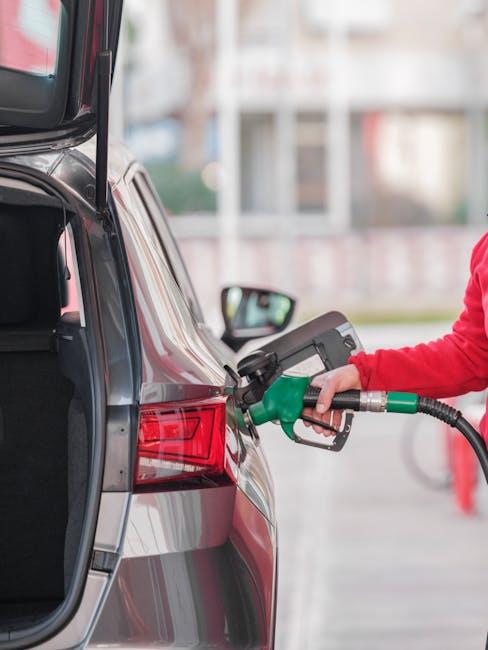
Routine Maintenance Tips to Keep Your AC Fuel-Efficient
Keeping your car’s AC system in top shape is essential for maximizing fuel efficiency, especially during the hot months. Regular maintenance not only ensures cool comfort but also prevents the engine from working overtime, which can spike fuel consumption. Start with cleaning or replacing cabin air filters every 12,000 to 15,000 miles, as clogged filters force the AC to run harder. Inspecting refrigerant levels is equally important — low refrigerant makes the compressor labor-intensive and less effective, raising fuel use. Additionally, check for leaks and service the AC system annually to optimize its performance.
Simple habits carry a big impact too. Before switching on the AC, use the vehicle’s ventilation system to expel hot air, reducing the initial cooling load. When driving at lower speeds or in stop-and-go traffic, consider using the AC sparingly or in “recirculate” mode, which is more fuel efficient than drawing in warm outside air. Below is a quick reference table of maintenance tasks and their ideal frequency to help you stay on track:
| Maintenance Task | Recommended Frequency |
|---|---|
| Cabin Air Filter Replacement | Every 12,000 – 15,000 miles |
| Refrigerant Level Check | Annually |
| AC System Leak Inspection | Annually |
| Compressor Function Test | During annual AC service |
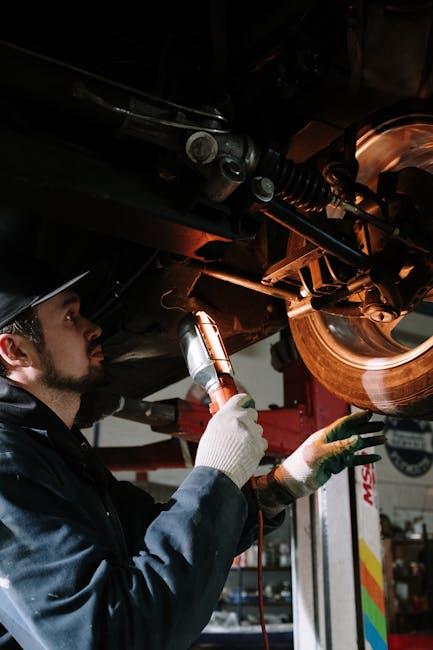
Smart Driving Habits That Complement Efficient AC Use
Maintaining a steady speed and avoiding sudden accelerations can significantly reduce the load on your car’s engine, thus enabling your AC to cool the cabin efficiently with less strain on fuel consumption. Employing cruise control on highways or open roads encourages a consistent pace, minimizing unnecessary fuel burn. Additionally, opening windows at lower speeds instead of running the AC at full blast helps balance comfort and efficiency, as high speeds increase aerodynamic drag and negate the fuel-saving benefits.
Strategically managing your AC use with smooth, fuel-conscious driving habits is a game-changer. Consider these tips to harmonize your driving style with optimal AC performance:
- Pre-cool the car: Ventilate your car briefly by rolling down the windows before switching on the AC, reducing the workload it faces initially.
- Use recirculate mode: Recycling internal air requires less energy than continuously cooling hot outside air.
- Plan routes effectively: Avoid heavy traffic or congestion where frequent stopping and idling cause excessive fuel consumption.
| Driving Condition | Recommended AC Use | Fuel Efficiency Impact |
|---|---|---|
| City Traffic | Use AC on recirculate mode | Moderate |
| Highway Driving | Maintain steady speed, AC moderate setting | High |
| Stop-and-Go | Open windows at low speed, AC as needed | Low to Moderate |
Q&A
Q&A: How to Save Fuel Using Your Car AC Properly
Q1: Does using the car air conditioning significantly increase fuel consumption?
A1: Yes, running the AC does increase fuel use because the compressor draws extra power from the engine. However, the impact varies depending on factors like outside temperature, driving speed, and how aggressively the AC is used.
Q2: When is it more fuel-efficient to use the AC versus rolling down the windows?
A2: At lower speeds (under 40 mph), it’s often more efficient to roll down the windows for ventilation. At higher speeds, using the AC can be better since open windows increase aerodynamic drag, which raises fuel consumption more than the AC does.
Q3: How can I optimize my AC use to save fuel?
A3: Start by ventilating your car with open windows before turning on the AC to push out hot air. Then set the AC to a moderate temperature instead of the coldest setting. Use the “recirculate” mode wisely— it’s more efficient to cool internal air than hot outside air, but only after the cabin has already cooled down a bit.
Q4: Does maintaining the AC system affect fuel efficiency?
A4: Absolutely. A well-maintained AC system runs more efficiently. Regularly changing the cabin air filter, checking refrigerant levels, and ensuring the compressor functions correctly can prevent excessive fuel consumption.
Q5: Are there any driving habits that complement fuel-saving AC use?
A5: Yes! Avoid rapid acceleration and excessive idling, which waste fuel and make the AC work harder. Using cruise control on highways also helps maintain a steady speed and reduces load on the engine and AC system.
Q6: Can pre-cooling the car before driving help save fuel?
A6: Pre-cooling the car by parking in the shade or using window screens reduces the initial heat load inside the vehicle. This means the AC won’t have to work as hard once you start driving, leading to better fuel efficiency.
Q7: Is it better to use the AC continuously or in intervals?
A7: Using the AC in a balanced way is best—conserving fuel while keeping comfortable. Frequently turning the AC on and off can actually use more fuel than keeping it at a steady, moderate setting.
Summary:
Using your car AC thoughtfully can help you stay comfortable without guzzling fuel. By balancing when and how you use it, maintaining the system, and adopting smart driving habits, you can enjoy cool rides and better mileage in tandem.
To Conclude
Mastering the art of using your car’s air conditioning efficiently is more than just a comfort hack—it’s a smart move for your wallet and the environment. By balancing temperature settings, using the AC strategically, and maintaining your system well, you can enjoy a cool ride without draining your fuel tank. So next time you hit the road, remember: a little mindful cooling can go a long way toward saving fuel and driving greener. Stay cool, drive smart!

